Recommended Readings for Nawruz and Laylat al-Qadr
Concise list of relevant Ismaili Gnosis articles exploring the esoteric and spiritual significance of Nawruz and Laylat al-Qadr
Ya ‘Aly Madad to all readers and seekers of Ismaili Gnosis.
We extend our heartfelt gratitude to all those who, no doubt inspired by recent events, have shown renewed interest in the work of Ismaili Gnosis and supported us by subscribing — whether as regular (unpaid) or premium (paid) members. Through your generous support, both directly and by spreading the word, Ismaili Gnosis, with Mawla’s grace, can continue this ‘ilmi endeavor. In response to the increased interest and inquiries — particularly regarding the transference of Imamat authority — we have published and delivered several articles over a short period.
Toward the end of this week, the Ismaili Jamat will observe two blessed and sacred occasions that, while also commemorated by other communities, hold unique religious significance in Ismaili Islam. To avoid overwhelming your inboxes, we have compiled a single, concise list of relevant Ismaili Gnosis articles — each link accompanied by an excerpt — exploring the esoteric and spiritual significance of this week’s key occasions: Nawruz and Laylat al-Qadr, rather than sending separate emails for each topic. We invite you to explore these materials at your convenience, both in preparation for these upcoming sacred observances and for deeper reflection afterward.
May ‘Aly-i Zaman, Mawlana Shah Rahim al-Husayni⁽ˢ⁾, continue to bless us and all spiritual seekers as we journey along the siraṭ al-mustaqim, granting us—just as our most generous 49th Imam, Mawlana Shah Karim Shah⁽ᶜ⁾, so graciously did— his noetic and angelic support, inspiration, and assistance (ta’yid), so that we may attain excellence and fulfillment in all aspects of our physical, spiritual, and intellectual lives.
Āmīn, yā Rabba’l-‘Ālamīn.
Ismaili Gnosis
March 19th 2025
Follow us on Instagram:
ismailignosis | ismailignosis.blog
khayal.aly | ismaili.poetry
1. On the Esoteric Meaning of Nawruz
Open Access Article:
Excerpt from the Article:
Physically speaking, anyone and everyone — those who believe in God, those who don’t, and those who aren’t sure — can celebrate Nawruz; all can appreciate the return of the worldly Spring with its increase in daylight hours and the obvious, external transformation and enlivening of the exoteric, macrocosmic earth. Spiritually speaking, it is the esoteric, microcosmic earth — the earth of the “personal world” (‘alam-i shakhsi) — or the hidden, inner reality (of heart, soul and intellect) of a true believer (mu’min) which, when illuminated and revived by the “Spiritual Sun” or the “Sun of Religion”, can and will be celebrated as Nawruz — individually and personally — with immense appreciation, overflowing joy and abundant gratitude for their divinely granted, internal transformation and enlivening enlightenment.
2. On the Esoteric Meaning of Laylat al-Qadr
Open Access Article:
Excerpt from the Article:
In the universal sense, the Night of Power is the spiritual state of receptivity to the Holy Spirit – such that each seeker of gnosis can himself become the Night of Power:
“Inwardly, or esoterically, the ‘Night of Power’ is interpreted as an allusion to the very soul of the Prophet. Exoterically, the particular verses of the Qur’an are deemed to have descended ‘upon’ the heart of the Prophet (26:192-94); but esoterically the essence of the Qur’an is deemed to have descended into the heart of the Prophet. What this kind of interpretation alludes to is the spiritual power inherent in the absolute receptivity of the state of the Prophet’s soul… Applied analogically to the spiritual quest, it can be said that every soul must make itself into a kind of ‘Laylat al-Qadr’, by emptying itself of egotism and worldliness, in order to be ‘full’ of receptivity to the divine: one aims to become a vessel made empty for the influx of divine grace.”
– Reza Shah-Kazemi, (Spiritual Quest: Reflections on Qur’ānic Prayer according to the Teachings of Imam ‘Alī, 73-74.
Premium Subscription Article:
Excerpt from the Article:
As an allusion to the descent of angels during Laylat al-Qadr (Q 97:4), al-Mu’ayyad makes mention of his earlier arguments concerning the human being in actu and in potentia. The Imāms and the ḥudūd established on the Earth are there for the extraction (bi istikhlās) of souls from the tarnishing of nature (shawb al-ṭabī‘ah) and its murkiness. He explains further: because God the Most High made them sovereign over the souls of created beings and He entrusts them to their guidance (by hidāyat-him), and He made them a divine trust (amānah) for them, the Imāms and the ranks [ḥudūd] make souls join the world of Light from the realm of the Afterlife of the angels (bi ‘ālam al-nūr min dār ākhirati-ha malā’ikah). Al-Mu’ayyad states: “As for God's saying, “Therein come down the angels” (Q 97:4), its meaning is that He arranges the ḥudūd, Imām after Imām, with the guidance of [creation].
Elizabeth R. Alexandrin, Walāyah in the Fāṭimid Ismāʿīlī Tradition, 195
Open Access Article:
Excerpt from the Article:
Knowing more about our human and “parisian” (jinn-like) nature, and with confidence that we are rightly guided on the straight path towards re-cognition (ma‘rifa) and real-ization (tahqiq) of our own angelhood by the one and only rightly guided and rightly guiding Khalifatu’llah of the time — whose light of guidance manifests macrocosmically [externally] and microcosmically [internally] — we can say that for Haqiqati Ismailis (i.e., Ahl al-Haqiqa), the Night of Power is, in reality, the Night of Angelomorphisis, in which, for those who encounter it (i.e. that Night), “the angels and the Spirit descend therein, by the permission of their Lord, with all decrees” (tanazzalu al-malāikatu wa-rūḥu fīhā bi-ithni rabbihim min kulli amr, 97:4). In fact, since the descent or manifestation of the angels must occur and be real-ized (actualized) within one’s personal world (‘alam al-shakhsi), it can be said that a haqiqati understanding of Laylatu’l-Qadr is that one doesn’t just attend or encounter that Blessed Night, one must actually be that Blessed, Night of Power.
3. Preparing for the Arrival of Laylatu’l-Qadr by Entering Baytu’l-Khayal:
Premium Subscription Article:
Excerpt from the Article:
Through the practice of ‘ibadat-bandagi in Bayt al-Khayal, not only can one be granted “God-given knowledge” (‘ilm-i ladunni) about the soul’s spiritual resurrection (ruhani qiyamat) or its ascension (mi‘raj) — thereby removing (as we shall soon see) lingering doubt — but one may, through zikr and exclusive concentration of one’s contemplative thought (khayal) on the Supreme Name of God, experience the reality of what the Prophet⁽ˢ⁾ meant when he said, “Die before you die.”
By transcending or rising above death itself, a fortunate murid of the Imam may be able to actually witness, through the nur or Light of The Most High, a vision of the Hereafter, so that he or she may have complete yaqin or certainty in their heart about the reality of resurrection and of the Afterlife. In such a blessed state of gnostic certainty, the worship or ‘ibadat of the muqin (one who has yaqin) will be that much greater and perpetual, being performed in a constant state of Divine remembrance (zikr-i ilahi).
Premium Subscription Article:
Excerpt from the Article:
Not only does Imam ‘Ali⁽ᶜ⁾ spiritually support the chain of Imams through his power of Khayal, but continuing his ta’wil of Surat al-Qadr and the descent of the angels and the Spirit in the Night of Destiny, Abu Hatim al-Razi, using the word yatakhayalu, explains that Imam ‘Ali⁽ᶜ⁾ himself “appears as an image” to the hujjats and the succeeding Imams in order to distribute baraka to them and to arrange their ranks (tartib hududihim). In this way, even after his passing, Imam ‘Ali⁽ᶜ⁾, as the Foundation (Asas) of the Imamat and the esoteric Mission (Da‘wat) of Ta’wil, is able to manifest himself to the Imams and hujjats as a subtle, “imaginal form” — another meaning of the word khayal. This would continue, to quote Surah al-Qadr, “Till the rising of the dawn” (97:5), which refers to the time of the manifestation of the Resurrector, the Qa’im, of whom Imam ‘Ali⁽ᶜ⁾ is an image (mithal) or, to use Abu Hatim al-Razi’s expression, “the Qa’im in potentia”.
There is a difference, however, between the Imam of each time and those who are at the rank of hujjat, in that, according to most Ismaili sources, the hujjats do not receive ta’yid from the hadd of Khayal directly but only through the mediation of the Imam of the Age. Thus, in Risala al-Muddhiba, an Ismaili text attributed to the Fatimid jurist and da‘i al-Qadi al-Nu’man, after mentioning the ranks of Jadd and Fath, the author describes the Khayal as being “like the Imam, who influences the imaginative faculty (mukhayyil) of the hujja’s soul, with those divine influences and intellectual sciences that are related to the spiritual ranks without any corporeal intermediary.”


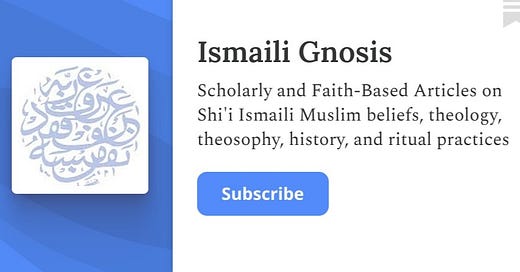



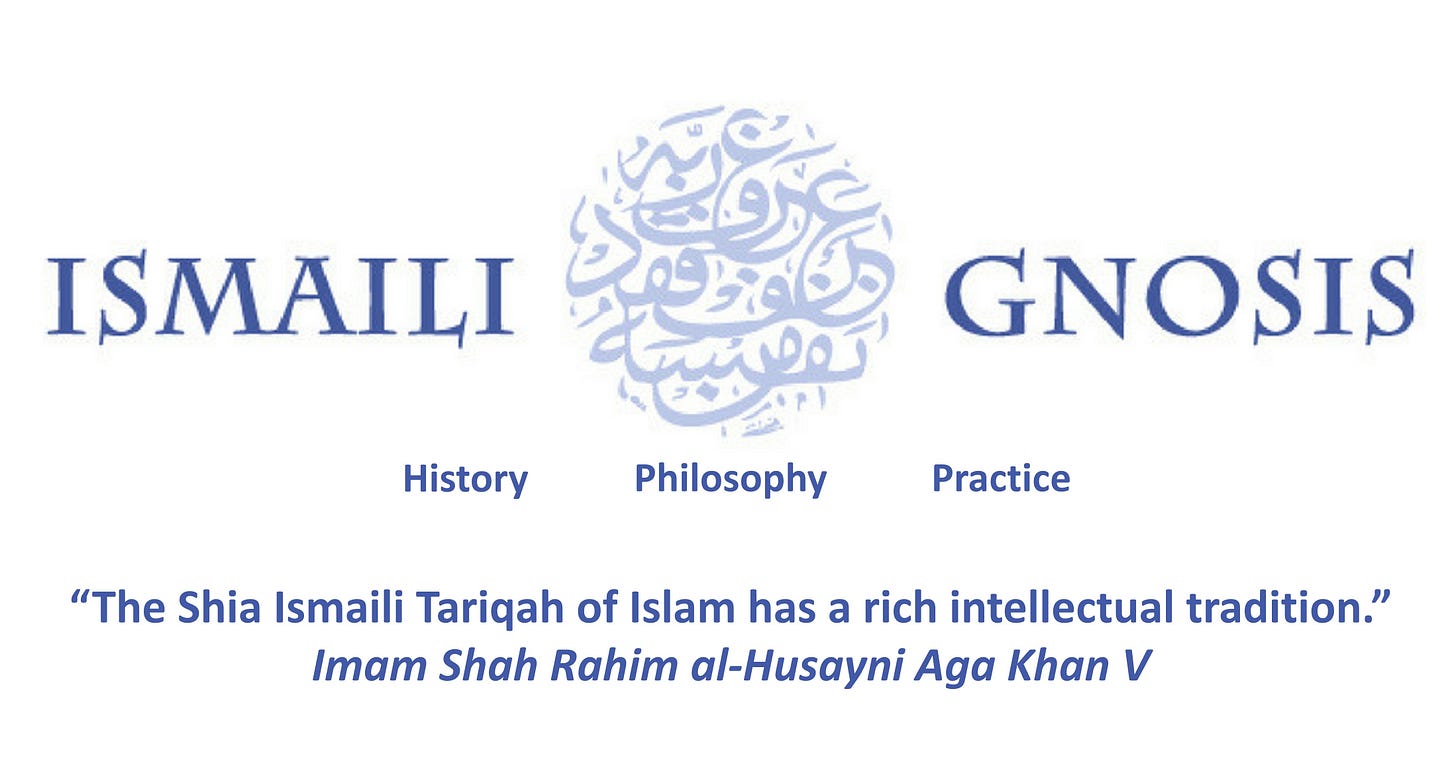
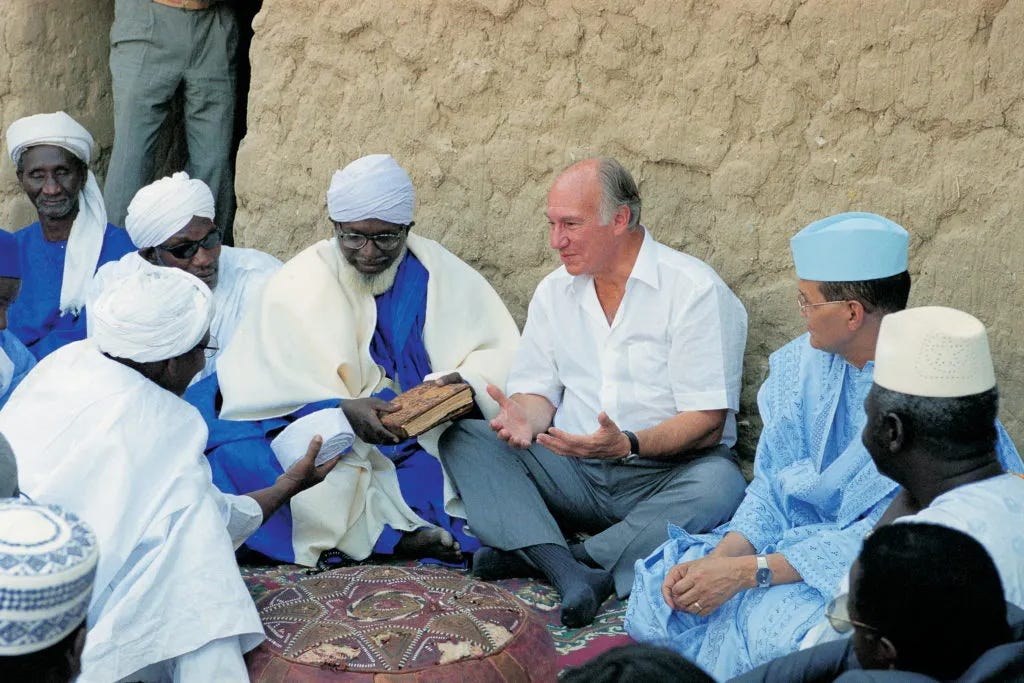
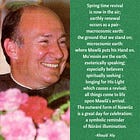



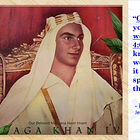



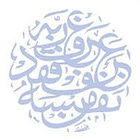
Nawruz Mubarak. Thanks.
Dear Ismaili Gnosis team members
One request is it possible to have the Persian version of this research since high English literature is used getting the main purpose of the text for a Persian speaker is little bit difficult.